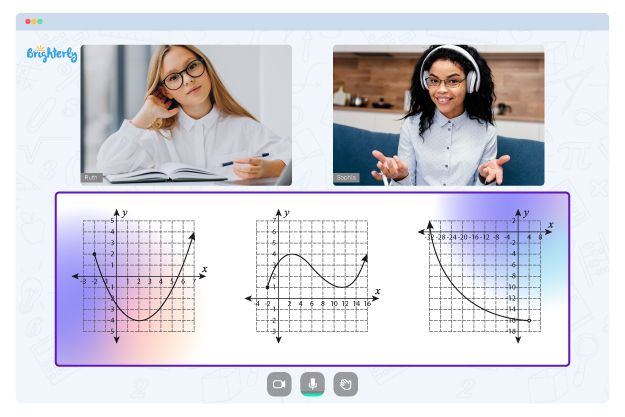Reciprocal Identities – Formulas, Definition With Examples
Created on Jan 12, 2024
Updated on January 12, 2024

Reciprocal identities are fundamental concepts in trigonometry, a branch of mathematics. These identities are used to simplify and solve various mathematical problems involving trigonometric functions. Understanding reciprocal identities is essential for students as they form the basis for more complex trigonometric equations and applications.
A reciprocal identity in trigonometry expresses the relationship between the basic trigonometric functions: sine (sin), cosine (cos), and tangent (tan), and their respective reciprocals: cosecant (csc), secant (sec), and cotangent (cot). The concept of reciprocal identities helps in transforming trigonometric expressions, making calculations more manageable and straightforward.
Reciprocal Identities in Trigonometry
Trigonometry, a fascinating area of math for kids, is all about angles and triangles. One of the key concepts in trigonometry is reciprocal identities. These are special rules that help us understand the relationship between certain math functions that we call trigonometric functions. Think of them as a helpful toolbox that makes solving tricky math problems easier, especially when dealing with angles and shapes, which you often find in subjects like geometry and physics.
Formulas of Reciprocal Identities
The formulas for the reciprocal identities are:
- Cosecant (csc) is the reciprocal of sine:
- Secant (sec) is the reciprocal of cosine:
- Cotangent (cot) is the reciprocal of tangent:
These formulas are derived directly from the definitions of the sine, cosine, and tangent functions.
Proving the Reciprocal Identities
Proving the reciprocal identities involves showing that the product of a trigonometric function and its reciprocal equals one. For example, to prove the reciprocal identity for sine and cosecant, we show that . This proof is straightforward, as multiplying a number by its reciprocal always gives one.
Proof of Reciprocal Identities
The proof of each reciprocal identity follows a similar pattern. For sine and cosecant, we start with the definition of cosecant: . Multiplying both sides by , we get , confirming the identity. The same approach is used for cosine and secant, as well as tangent and cotangent.
Examples of Reciprocal Identities
Let’s consider a few examples:
- If , then . This follows directly from the definition of cosecant as the reciprocal of sine.
- For , we find or (2√3)/3 when rationalized.
These examples illustrate how reciprocal identities are applied in practical situations.
Practice Problems on Reciprocal Identities
-
Find the value of sec(θ) when cos(θ) = 0.8. To solve this, remember that secant (sec) is the reciprocal of cosine (cos). So, sec(θ) = 1/cos(θ). If cos(θ) = 0.8, then sec(θ) = 1/0.8.
-
Calculate cot(θ) given that tan(θ) = 1.5. This one is similar. Since cotangent (cot) is the reciprocal of tangent (tan), cot(θ) = 1/tan(θ). If tan(θ) = 1.5, then cot(θ) = 1/1.5.
-
New Example: Determine csc(θ) if sin(θ) = 0.6. Here, we use the fact that cosecant (csc) is the reciprocal of sine (sin). This means csc(θ) = 1/sin(θ). So, if sin(θ) = 0.6, then csc(θ) = 1/0.6.
Frequently Asked Questions on Reciprocal Identities
What are reciprocal identities used for?
Reciprocal identities are used in trigonometry to simplify expressions and solve equations involving trigonometric functions. They are essential in fields like physics, engineering, and geometry.
Can reciprocal identities be used in all trigonometric problems?
While they are widely applicable, reciprocal identities are most useful in situations where simplifying expressions or transforming them into a more manageable form is needed.
How do reciprocal identities relate to real-world problems?
These identities are crucial in solving real-world problems, including calculating angles and distances in navigation, architecture, and even in designing computer graphics.




